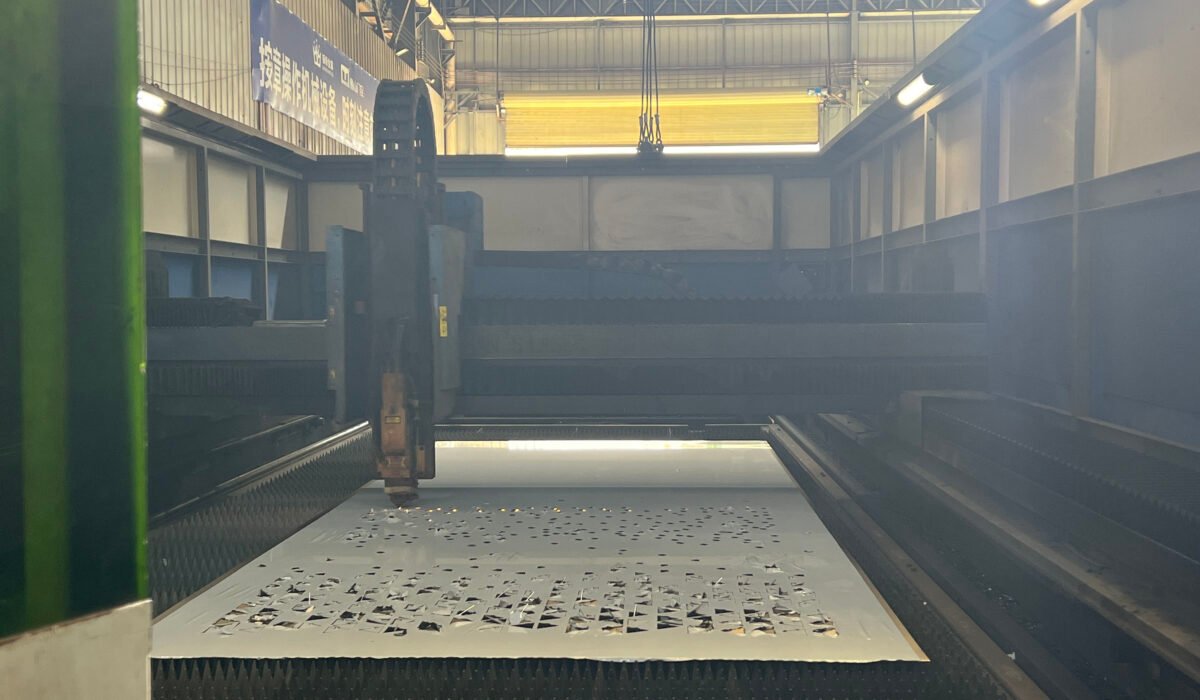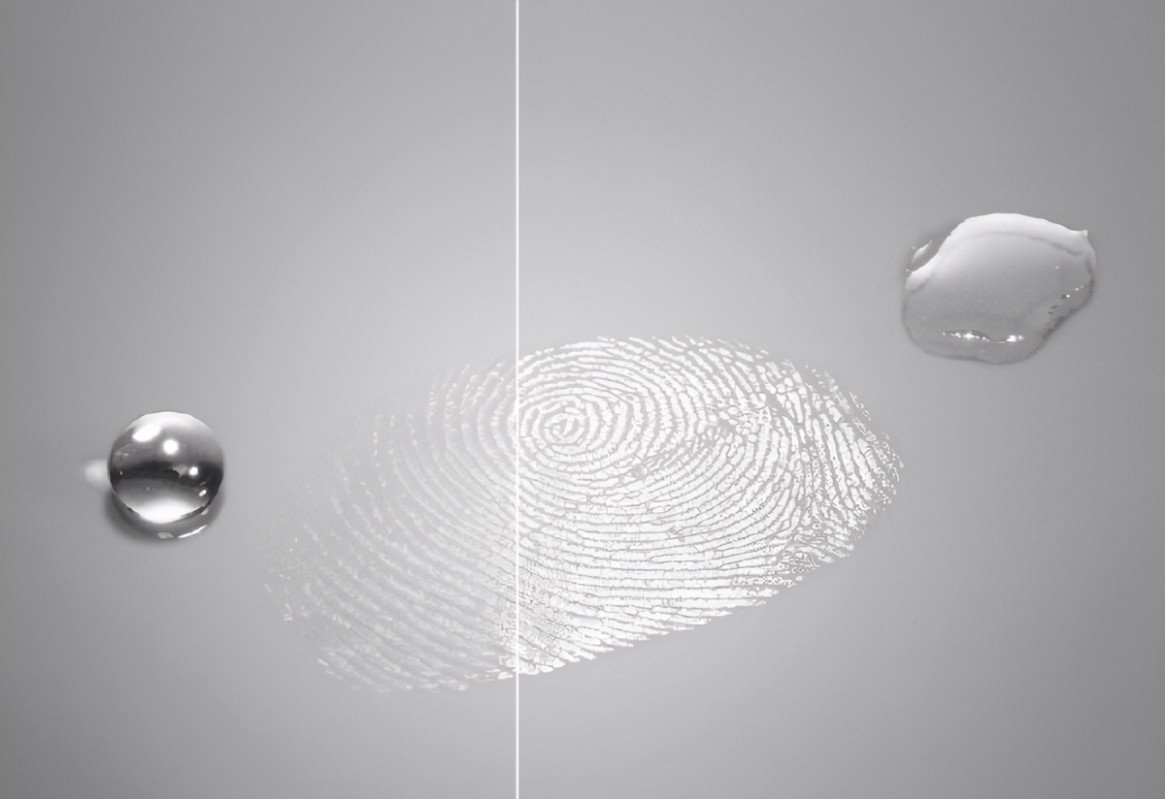The Seven Pillars of Effective Stainless Steel Laser Cutting Design
Table of Contents
Laser cutting of stainless steel is increasingly becoming a go-to process in various industries—ranging from medical to aerospace applications. To navigate the unique challenges posed by stainless steel and to ensure an optimal outcome, it’s crucial to focus on specific design elements. Below, we dive into the seven key aspects to consider when designing for stainless steel laser cutting.
Cutting Path
The cutting path you choose can make or break your project. The route the laser takes through the material—whether a straight line, zigzag, or circular motion—needs to be carefully considered. Factors like material thickness, type, and physical properties should inform your choice of cutting path, depth, and speed to ensure an efficient and effective cut.

Material Properties
Understanding the material you’re working with is crucial. Stainless steel is generally robust and reliable for laser cutting, but you must consider its thickness and tensile strength as these will impact the cutting quality and performance.
Matching Degree of Laser Power and Material
For optimum performance, it’s vital to calibrate the laser’s power settings according to the material. Different materials absorb laser energy differently; fine-tuning the laser’s focus and power will yield the best results.
Gas and Fume Removal
Given that stainless steel is a highly reflective material, cutting it produces heat, smoke, and fumes. An efficient extraction and filtration system is essential to maintain a clean and safe working environment.
Cooling Systems
Laser cutting generates considerable heat, which can potentially damage the material if not properly managed. For stainless steel, water-cooled systems are often recommended to mitigate the risks of overheating.
Cutting Parameters
Parameters like feed rate, cutting speed, and pulsing options must be tailored to the specifics of the material and the intricacy of the design. Wrong parameters can result in poor cut quality and increased waste.

Part Preparation
Before you make the first cut, consider how the part should be prepared. This involves details like edge preparation, support fixtures, and clamping methods. The type and thickness of the material also dictate part preparation steps.
In Conclusion
To achieve the best results with stainless steel laser cutting, you need a comprehensive design approach that considers these seven pillars. Opting for the right cutting path, understanding the material, fine-tuning laser settings, implementing appropriate safety measures, and meticulous part preparation can make a significant difference in the quality and efficiency of your project.
You Might Also Like
Please Share This
Recent Posts
- Stainless Steel Lettering: Elevate Your Interior and Branding Design
- The Art and Function of Architectural Perforated Metal in Modern Design
- Enhancing Outdoor Spaces with Corten Steel Landscape
- Transforming Outdoor Spaces: The Beauty and Function of Metal Privacy Screens for Patios and Gardens
- The Unique Charm of Hammered Texture in Modern Metal Design



